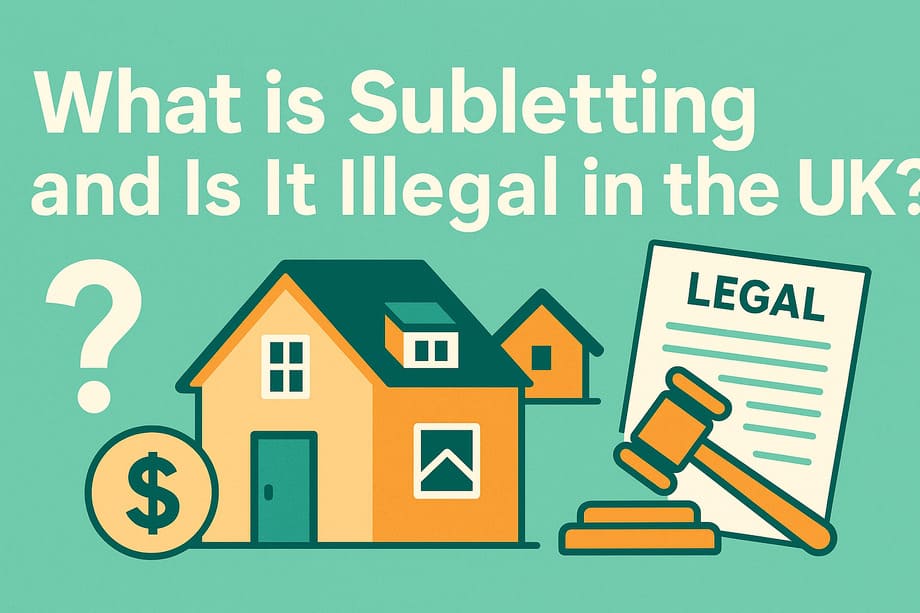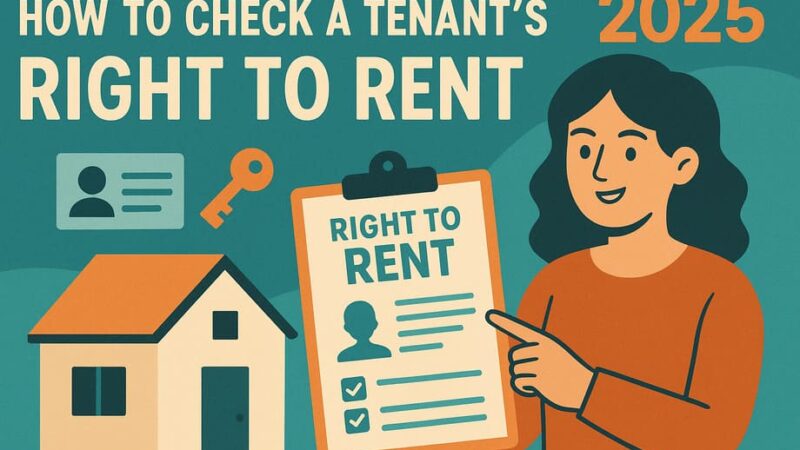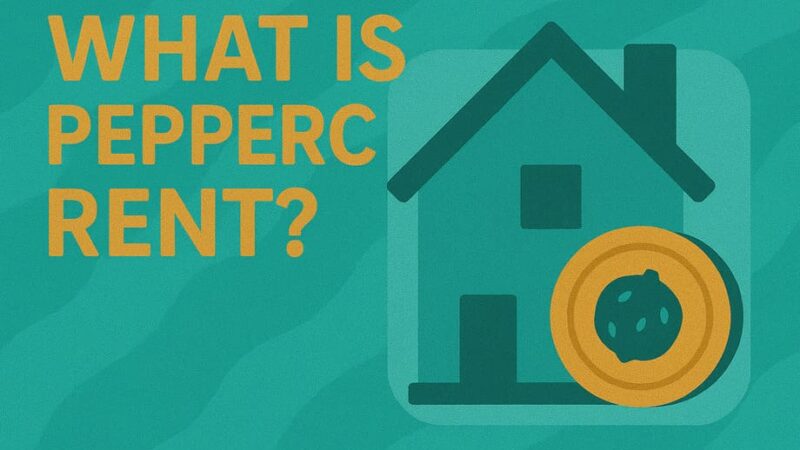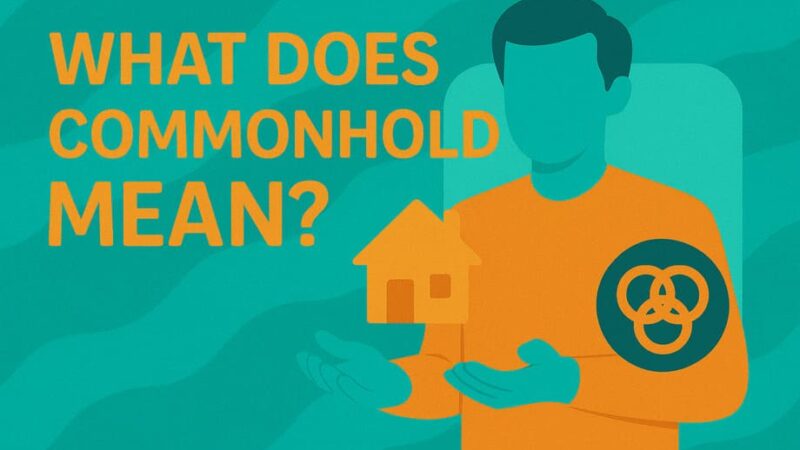What is Subletting and Is It Illegal in the UK?

Subletting is a common practice in the UK rental market, but it often causes confusion and disputes between tenants and landlords. If you’ve ever thought about renting out your spare room or moving out temporarily while letting someone else live in your place, you’ve probably wondered: Is subletting legal in the UK?
The answer depends on your tenancy agreement, landlord permission, and the type of rental arrangement you have. In this guide, we’ll break down exactly what subletting means, the situations where it’s legal or illegal, and what tenants and landlords need to know to avoid costly mistakes.
What Does Subletting Mean?
Subletting happens when a tenant who rents a property lets out part or all of it to another person.
- The original tenant becomes the sublessor.
- The new person moving in becomes the subtenant (or sublessee).
- The landlord remains the owner but isn’t directly renting to the subtenant.
Subletting can be:
- Whole property sublet – when the tenant rents out the entire home to someone else.
- Partial sublet – when the tenant continues living in the property but rents out a room.
Is Subletting Legal in the UK?
Subletting itself isn’t illegal in the UK, but it is tightly controlled by tenancy agreements.
- If your tenancy agreement allows it: Subletting is legal, provided you follow the terms and conditions.
- If your tenancy agreement bans it: Subletting without permission is a breach of contract and can lead to eviction.
- If your tenancy agreement is silent: You should still ask your landlord for written permission before subletting.
Under an Assured Shorthold Tenancy (AST), most landlords include a clause banning subletting without their consent. Always check your agreement before proceeding.
What Happens if You Sublet Without Permission?
Subletting without landlord approval is considered a serious breach. Consequences can include:
- Eviction: Your landlord can serve notice to terminate your tenancy.
- Deposit loss: You could lose your security deposit to cover damages or breaches.
- Legal action: In some cases, landlords may take court action for breach of contract.
- Subtenant problems: The subtenant has fewer rights and may be asked to leave immediately.
When Can Subletting Be a Good Idea?
While risky if done without permission, subletting can be beneficial in certain cases:
- You’re moving abroad for a short period but don’t want to give up your tenancy.
- You want to share rent costs with someone else.
- You have unused rooms and want extra income.
How to Sublet Legally in the UK
Check your tenancy agreement.
Look for clauses about subletting.
Get written landlord permission.
Always ask before proceeding.
Use a proper sublet agreement.
This protects both you and your subtenant.
Register the deposit.
If you take a deposit, it must go into a UK government-backed scheme.
Keep records.
Signed agreements, rent receipts, and inventories protect you legally.
Pros and Cons of Subletting
Pros:
- Extra income for tenants.
- Flexibility if moving away temporarily.
- Allows unused space to be rented.
Cons:
- Risk of eviction if done without permission.
- Possible disputes with subtenants.
- Landlords lose control over who occupies the property.
Is subletting always illegal in the UK?
No. Subletting is legal if your tenancy agreement permits it or your landlord gives written permission.
Can I be evicted for subletting?
Yes, if you sublet without landlord consent, it’s a breach of contract and grounds for eviction.
Does the subtenant have legal rights?
A subtenant has fewer rights than the main tenant and can often be evicted if the landlord ends the main tenancy.
Do I need a written sublet agreement?
Yes. A written sublet agreement protects both you and the subtenant and helps avoid disputes.
Can landlords refuse subletting?
Yes, landlords are not obligated to allow subletting unless your tenancy agreement specifically grants that right.
Conclusion
Subletting in the UK isn’t illegal, but it can quickly become problematic if you don’t follow the rules. The key is to check your tenancy agreement, always get written landlord consent, and use a proper sublet agreement template to keep everything clear and legal.
Done properly, subletting can be a win-win for both tenants and subtenants. Done improperly, it can cost you your tenancy and deposit.
If you’re considering subletting, protect yourself by downloading a Free Sublet Agreement Template UK and following the correct legal process.
Last Updated on September 8, 2025 by James Cartwright







